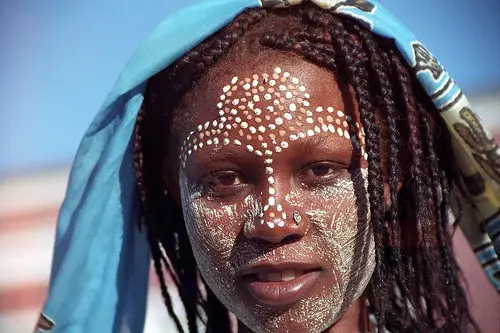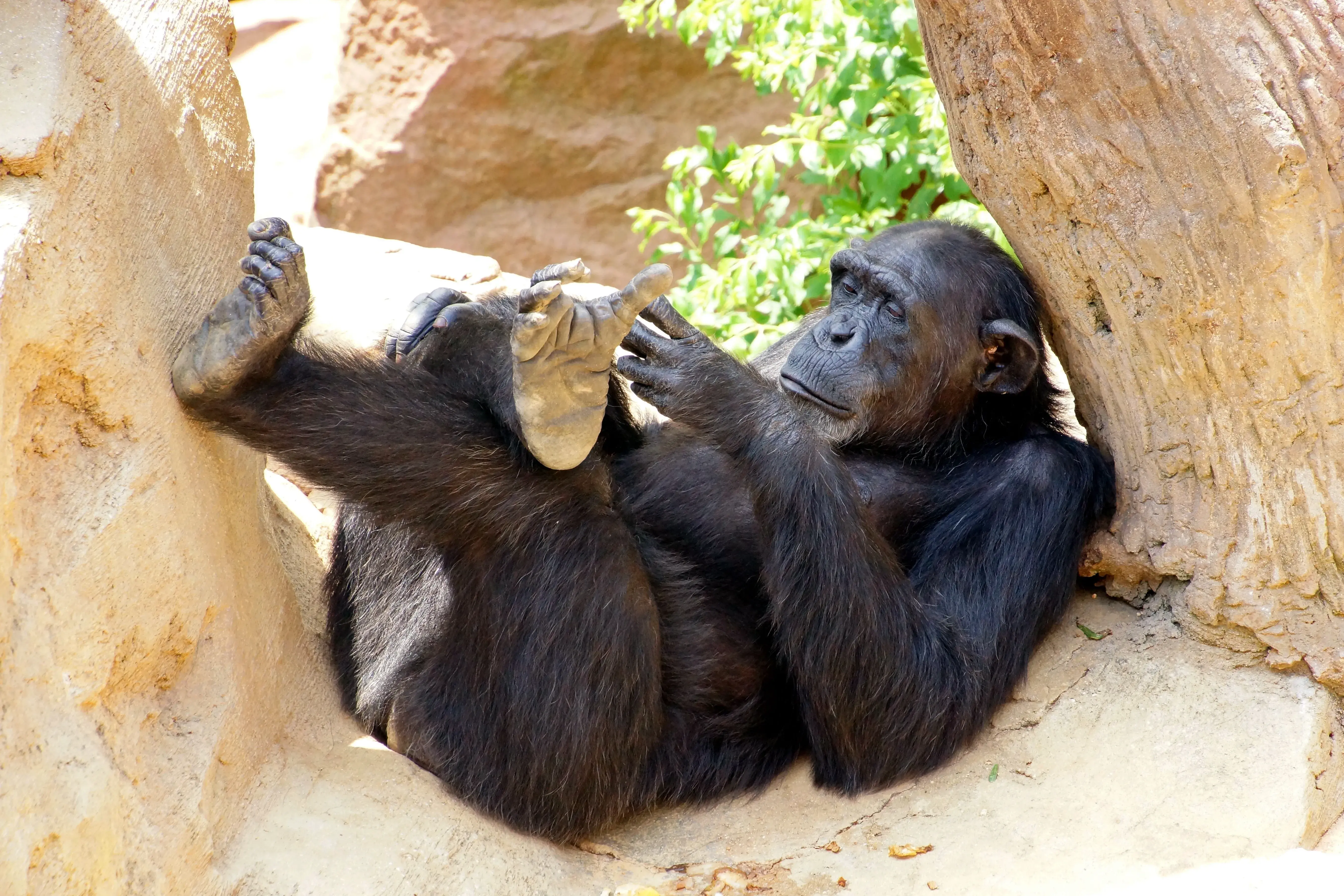
The Makonde Tanzania
The Makonde, known throughout East Africa for their woodcarvings, are one of Tanzania’s largest ethnic groups. They originated in northern Mozambique, where many still live, and began to make their way northwards during the 18th and 19th centuries. The Mozambican war sparked another large influx into Tanzania, with up to 15,000 Makonde crossing the border during the 1970s and 1980s in search of a safe haven and employment. Today, although the Makonde on both sides of the Ruvuma River are considered to be a single ethnic entity, there are numerous cultural and linguistic differences between the two groups. Like many tribes in this part of Tanzania, the Makonde are matrilineal. Children and inheritances normally belong to the woman, and it’s common for husbands to move to the village of their wives after marriage. Settlements are widely scattered – possibly a remnant of the days when the Makonde sought to evade slave raids – and there is no tradition of a unified political system. Each village is governed by a hereditary chief and a council of elders.
Due to their isolated location, the Makonde have remained insulated from colonial and post-colonial influences, and are considered to be one of Tanzania’s most traditional groups. Even today, most Makonde still adhere to traditional religions, with the complex spirit world given its fullest expression in their carvings. Traditionally, the Makonde practiced body scarring and while it’s seldom done today, you may see older people with markings on their face and bodies. It’s also fairly common to see elderly Makonde women wearing a wooden plug in their upper lip, or to see this depicted in Makonde artwork.
Most Makonde are subsistence farmers, and there is speculation as to why they chose to establish themselves on a waterless plateau. Possible factors include the relative safety that the area offered from outside intervention (especially during slave-trading days), and the absence of the tsetse fly.















